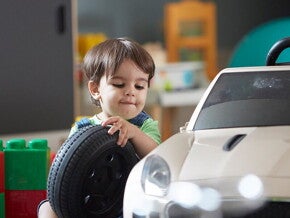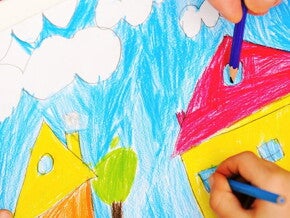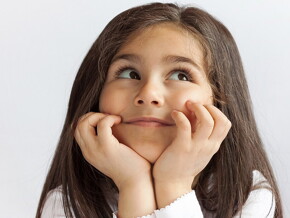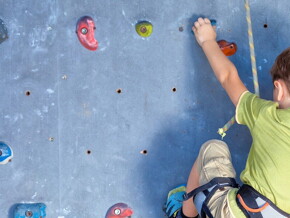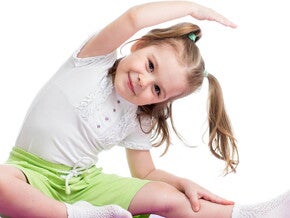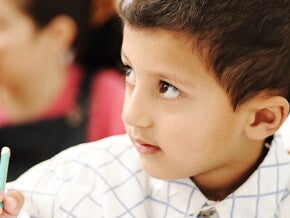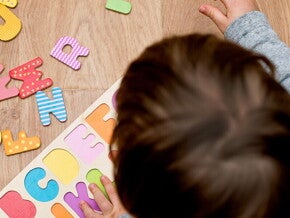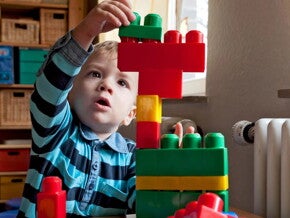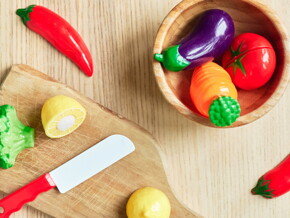
Why Are Shapes Important in Art?
You’re probably no longer conscious of it, but our brain categorizes everything around us based on shape and color. They are two very noticeable attributes of the world around us. Your child picks up on that at an early age and it helps him to define and organize the diverse world he lives in. Understanding colors and shapes is a tool for learning many skills to come, in math, science and reading.
At a very early age, your child begins to identify shapes, though he doesn’t know what they are yet. When your child starts discovering shapes, he is making use of one of the most basic educational processes: the observation of same and different. This allows him to observe, compare, and discuss everything around her.
Shapes are also symbols. Your child’s early recognition of shapes is related to his ability to read letters, which, of course, are symbols. Letters are made of various shapes, and with time, knowing these shapes will help your child learn how to write. By learning to identify, then to draw, a circle, a triangle, and a square, your child is learning to draw the entire alphabet.
Of course, colors and shapes play a major role in art as well, and they’re a great way to discover art. Through colors and shapes, your child can see how artists use these to express feelings and emotions. By getting to know these artists, your child is also developing an appreciation for art, and strengthening his development skills.
